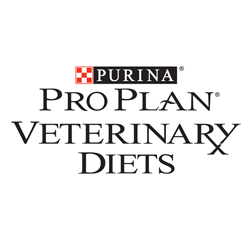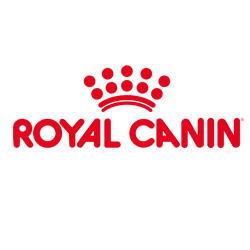Step-by-step Approach to Making a Nutrition Recommendation
Click on each below for a step-by-step approach to making a nutrition recommendation to a client:
Step 1: Initiating a Nutrition-Related Healthcare Recommendation >
The first step to a nutrition-related healthcare recommendation is initiating the conversation with the client. This should involve some form of forewarning to gauge the client’s receptivity to the conversation. Asking permission is one way of respectfully assessing a client’s response to a topic (e.g., “Alex, I would like to spend some time discussing Harley’s [diet, weight, snacks]. Would you be open to this?"). Often, clients accept the invitation and you can move directly into the nutrition conversation. Other times, the client may show apprehension, providing an opportunity to open up the conversation to develop a greater understanding of your client’s apprehension. On occasion, a client will explicitly decline this request, and nothing is lost because the client would likely not have been responsive to moving forward otherwise. By asking permission, you show respect, protect your relationship, and provide an opportunity to engage with your client’s perspective, all of which contribute to greater trust when pursuing a future conversation.
Step 2: Explore with the Owner All Nutrition- and Non–Nutrition- Related Options >
Once a client is on board, you can explore all nutrition- and non– nutrition-related healthcare options. Research indicates that 90% of pet owners want to be made aware of all healthcare options, regardless of cost.87 In contrast, a focus group study found that many veterinarians identified with presenting clients with only the option the veterinarian believed to be best.88, 89 Providing all the healthcare options actively involves clients in the decision-making process and acknowledges their autonomy. It also allows for developing greater alignment with the goals and expectations of the client. As options are presented to a client, it is not uncommon to need to return periodically to gathering more nutrition history to better align your recommendation.
Step 3: Educate the Client About the Benefits (and Risks) of Each Nutrition Option >
Critical to making any nutrition-related healthcare recommendation, whether preventive or to address a specific disease, is educating the client about the benefits of each option (or lack thereof) to the health and wellbeing of the pet (e.g., longer life, improved quality of life, reduced onset of chronic disease, resolution or management of a specific condition).74 Research suggests that veterinarians often focus on features (e.g., a product, the time, or a service),90 without explaining why an option may or may not provide value to the dog’s or cat’s overall health and wellbeing.
Step 4: Make a Clear Nutrition-Related Recommendation >
Research in veterinary medicine examining clients’ adherence to healthcare recommendations found that clients who were provided with a clear recommendation were seven times more likely to adhere than clients receiving an ambiguous recommendation.91 Once a client is made aware of the available options and engaged in the decision-making process, it is the veterinarian’s role to use their knowledge to make a clear recommendation that takes into consideration the nutritional assessment as well as the client’s goals.
Step 5: Check in with the Client to Gain Feedback and Modify the Recommendation >
Following a recommendation, it is important to check in with the client to see how the information was received before proceeding. This approach allows the practice team member to return to gather more nutrition history as needed or further tailor their recommendation to better align with the goals of the client. Once the client has arrived at a healthcare decision, if the decision requires a change of diet involving a commercial pet food, it is at this point the veterinary professional should move into a similar decision-making process regarding a complete and balanced commercial pet food (i.e., gather information, initiate the conversation, present options, discuss the value of each option, make a clear recommendation, check in with the client).
Step 6: Plan Appropriate Follow-Up with the Client Once a Dietary Change Has Been Implemented >
Plan for a member of the veterinary team to follow up with the client within a couple of days after a change to a dog’s or cat’s nutrition has been made. This is a great time to answer any additional questions, troubleshoot obstacles, or revisit the nutrition recommendation.






